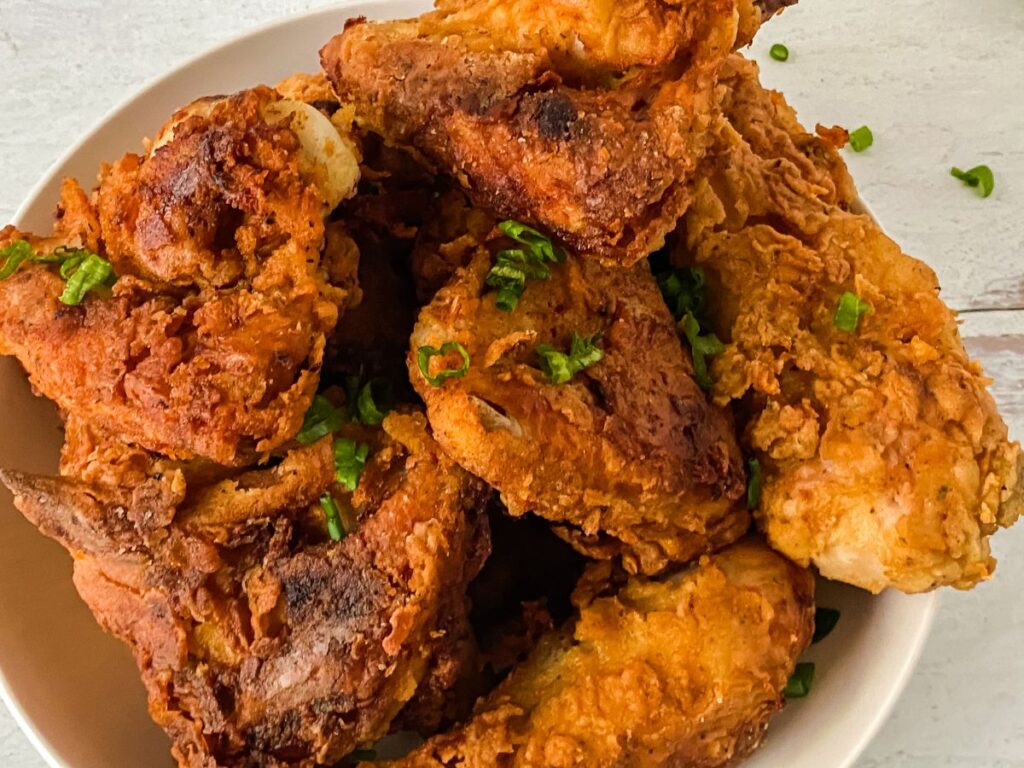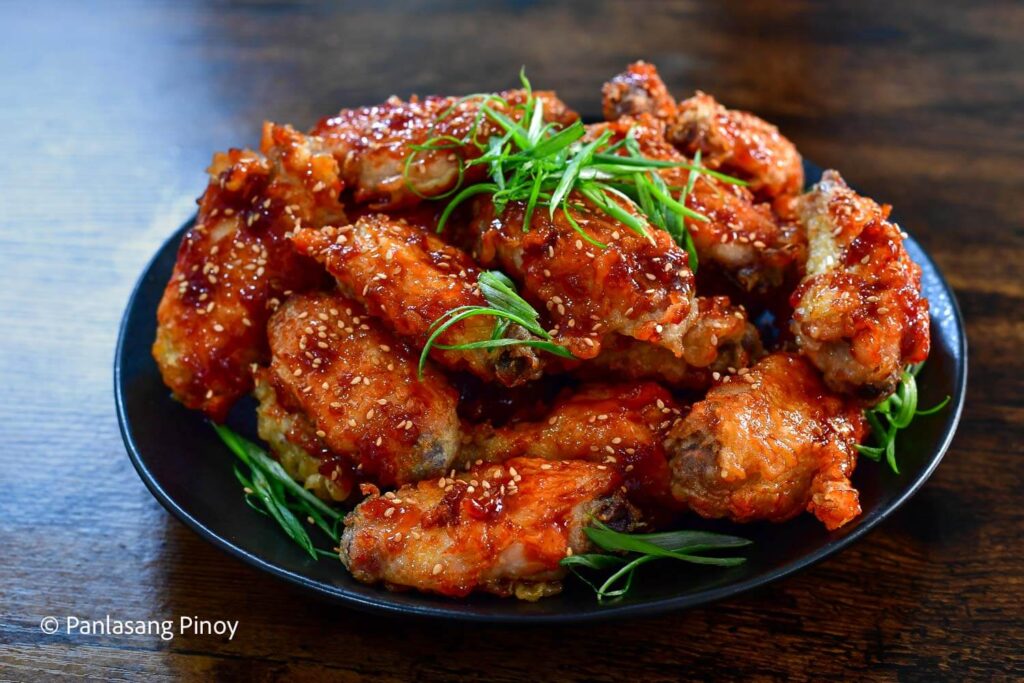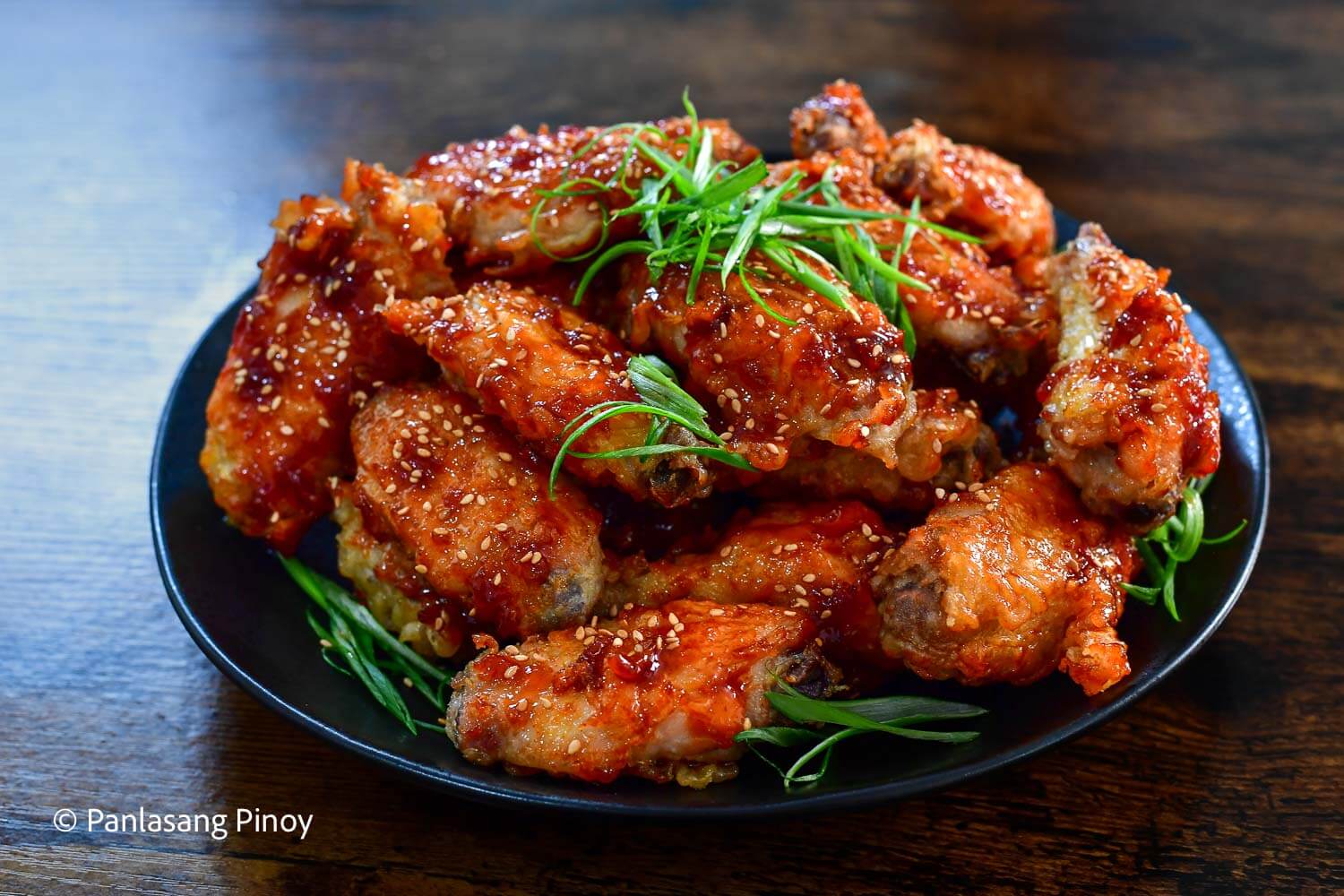Crispy buttermilk fried chicken is more than just a meal—it’s a symphony of textures and flavors that evokes memories of family gatherings, Sunday suppers, and lazy summer picnics. Imagine biting into a piece where the exterior shatters into golden, crunchy perfection, giving way to juicy, https://tastetrove.nettender meat infused with tangy buttermilk notes and a whisper of spice. This Southern staple has transcended its humble origins to become a global comfort food icon, gracing tables from Nashville hot chicken joints to high-end fusion restaurants.
In this comprehensive guide, we’ll dive deep into everything you need to know to master this dish at home. From its fascinating history rooted in Scottish immigrants and West African traditions, to the science that makes buttermilk the secret weapon for unparalleled tenderness and crunch, we’ll cover it all. You’ll get a foolproof step-by-step recipe, pro tips for that enviable crispiness, creative variations to keep things exciting, nutritional insights, and even pairing ideas for the ultimate fried chicken feast. Whether you’re a novice home cook or a seasoned fry master, this 3000-word exploration will equip you with the knowledge to fry like a pro.

The Rich History of Fried Chicken in America
Fried chicken’s story is a delicious tapestry woven from cultural exchanges, migrations, and culinary ingenuity. While many associate it solely with the American South, its roots stretch across continents and centuries, blending European techniques with African innovations to create the crispy delight we crave today.
The origins trace back to Scotland in the 16th and 17th centuries, where frugal cooks deep-fried chicken in fat to preserve it during long winters—a method honed from medieval times. Scottish immigrants brought this tradition to the American colonies in the 1700s, particularly to Virginia and the Carolinas, where abundant chickens made it a practical protein source. The first printed recipe for fried chicken appears in Hannah Glasse’s 1747 cookbook The Art of Cookery Made Plain and Easy, instructing cooks to “fry it in a good deal of butter” for crisp results— a far cry from today’s neutral oils but a clear precursor to modern methods.
Enter the West African influence, which added the magic of seasoning and marination. Enslaved Africans in the South introduced spices like cayenne, paprika, and garlic, along with the practice of seasoning and frying small game birds—a skill passed down through generations despite the horrors of plantation life. This fusion happened organically in the kitchens of the antebellum South, where Scottish overseers and African cooks shared techniques. By the 19th century, fried chicken had become a symbol of Southern hospitality, often sold by free and enslaved Black women at train stations and markets to earn extra income—a entrepreneurial spirit that laid the groundwork for soul food culture.
The dish exploded in popularity post-Civil War. The term “fried chicken” first appeared in print in the 1830s, gracing American cookbooks by the 1860s and 1870s as a go-to recipe for elegant dinners. It symbolized both comfort and aspiration; think of it featured in novels like The Adventures of Huckleberry Finn or served at church picnics. The 20th century brought commercialization: Colonel Harland Sanders opened his first Kentucky Fried Chicken in 1930, standardizing the recipe with 11 herbs and spices, turning a regional treat into a fast-food empirehttps://tastetrove.net.
Buttermilk entered the picture in the late 1800s as a Southern twist. Leftover from butter churning, its tangy acidity was a natural tenderizer for tough, farm-fresh birds. Today, crispy buttermilk fried chicken stands as a testament to resilience and creativity. It’s evolved into global riffs—like Korea’s yangnyeom chicken or Nashville’s fiery version—but its heart remains in the South.
For more on Southern culinary heritage, check out our [internal link: /blog/southern-cuisine-essentials] guide. Externally, explore the full timeline on Wikipedia’s Fried Chicken page.
The Science Behind the Buttermilk Marinade: Why It Works Wonders
What makes buttermilk the unsung hero of fried chicken? It’s not just tradition—it’s chemistry at play, transforming ordinary poultry into a juicy, crispy masterpiece.
Buttermilk’s magic lies in its acidity. With a pH around 4.5 (compared to milk’s neutral 6.5), it contains lactic acid from fermented bacteria that gently breaks down proteins in the chicken’s muscle fibers. This process, called denaturation, tenderizes the meat without turning it mushy, unlike stronger acids like vinegar or lemon juice. Enzymes like cathepsin, activated by the low pH, further soften tough connective tissues, ensuring each bite is succulent—even after frying.
Beyond tenderizing, buttermilk promotes crispiness. Its proteins coagulate during frying, forming a sticky base that helps the flour dredge adhere like glue. The milk fats create a barrier, locking in moisture while the dredge puffs up in hot oil. Buttermilk’s sugars (from lactose) also participate in the Maillard reaction—the browning process that delivers that irresistible golden hue and nutty aroma—without burning too quickly.
Marination time matters: 1-24 hours allows flavors to penetrate via osmosis, where salt in the brine draws out moisture only to reabsorb it with seasonings. Too long (over 48 hours), and the acid overworks the proteins, leading to a mealy texture. Modern buttermilk is cultured milk, not the watery byproduct of old; it ferments with Lactobacillus bacteria for consistent results.
Science tip: Add cornstarch to your dredge (10-20% of flour weight) to absorb excess moisture, enhancing crunch via gelatinization in the fryer. For deeper dives, see Serious Eats’ breakdown.
Essential Ingredients for Crispy Buttermilk Fried Chicken
Great fried chicken starts with quality ingredients. Here’s what you’ll need for 4-6 servings:
- Chicken: 3-4 lbs bone-in, skin-on pieces (thighs, drumsticks, breasts). Bone-in retains moisture; skin crisps beautifully.
- Buttermilk: 2 cups full-fat for marinating. Substitutes like yogurt-water mix work in a pinch.
- Flour Dredge: 2 cups all-purpose flour, 1/2 cup cornstarch, 1 tbsp baking powder for lift.
- Seasonings: 1 tbsp salt, 1 tsp black pepper, 1 tsp paprika, 1/2 tsp cayenne, garlic/onion powder to taste.
- Egg: 1 for binding the dredge.
- Oil: Neutral like peanut or vegetable, 4-6 cups for deep-frying.
Pro tip: Source organic chicken for better flavor. Link to our [internal: /recipes/ingredient-spotlight-buttermilk] for dairy alternatives.
Step-by-Step Recipe: Mastering Crispy Buttermilk Fried Chicken at Home
This recipe yields restaurant-quality results: tangy, juicy, and shatteringly crisp. Prep time: 30 min + 4-24 hr marinate. Cook: 45 min. Serves 4-6.
Step 1: Prepare the Marinade (10 minutes)
In a large bowl, whisk 2 cups buttermilk, 1 beaten egg, 1 tbsp salt, 1 tsp black pepper, 1 tsp paprika, 1/2 tsp cayenne, 1 tsp garlic powder, and 1 tsp onion powder. Add chicken pieces, ensuring full submersion. Cover and refrigerate 4-24 hours—the longer, the more tender. (Overnight is ideal for flavor infusion.)
Step 2: Make the Dredge (5 minutes)
In a shallow dish, mix 2 cups flour, 1/2 cup cornstarch, 1 tbsp baking powder, and remaining spices (double the marinade amounts for bold taste). This combo ensures lightness and crunch.
Step 3: Dredge the Chicken (10 minutes)
Remove chicken from marinade, letting excess drip off. Dredge each piece in the flour mixture, pressing firmly for thick coating. Shake off excess, then place on a wire rack. Let rest 15-30 minutes at room temp—this dries the surface for better adhesion.
Step 4: Heat the Oil (5 minutes)
In a deep cast-iron skillet or Dutch oven, heat 2-3 inches of oil to 350°F (use a thermometer—crucial for even cooking). Peanut oil’s high smoke point prevents bitterness.
Step 5: Fry in Batches (20-30 minutes)
Add 3-4 pieces (don’t overcrowd—temp drops otherwise). Fry dark meat first (thighs/drumsticks) 12-15 minutes, flipping halfway, until 165°F internal (dark meat can hit 175°F for tenderness). Breasts: 8-10 minutes. Maintain 325-350°F by adjusting heat. Drain on paper towels.
Step 6: Double Fry for Extra Crisp (Optional, 5 minutes)
For KFC-level crunch, fry at 375°F for 2-3 minutes post-rest. Rest 5 minutes before serving.
Serve hot with hot sauce. Full video tutorial? See Allrecipes’ Southern-Style version.
[Image: Step-by-step collage: Marinating chicken, dredging in flour, frying in bubbling oil, final plated dish. Alt text: Making buttermilk fried chicken.]
Troubleshooting: Soggy? Oil too cool. Pale? Up the temp. Our [internal: /troubleshooting-fried-foods] has more fixes.
Pro Tips for Achieving the Ultimate Crispiness
Crispy fried chicken isn’t luck—it’s technique. Here are expert hacks to elevate your game.
- Dry Thoroughly: Pat chicken dry post-marinade; moisture is crispiness’s nemesis. Air-dry dredged pieces 20-30 minutes.
- Flour Mix Mastery: Blend flour with cornstarch (for tenderness) and baking powder (for bubbles). Potato starch amps it up further.
- Temperature Control: Fry at 350°F initial, drop to 325°F. Double-fry: Low then high.
- Rest and Rack: Drain on wire racks, not paper—steam escapes for sustained crunch.
- Season Strategically: Salt post-fry for surface stickiness.
Avoid common pitfalls like overcrowding. For visuals, watch this YouTube tutorial.
Exploring Variations: Twist Up Your Buttermilk Fried Chicken
Keep it fresh with these riffs on the classic.https://tastetrove.net
- Spicy Nashville Hot: Post-fry, baste in cayenne-butter sauce. Add heat to marinade.
- Korean-Style (Yangnyeom): Glaze with gochujang-honey; use tenders.
- Oven-Baked: Spray dredged chicken with oil, bake at 425°F for 40 min—healthier crunch.
- Smoked Paprika Twist: Infuse marinade with smoked paprika for BBQ vibes.
- Tenders for Kids: Cut breasts into strips; shorter fry time.
Pair with global flavors via our [internal: /international-chicken-recipes].

Nutrition Facts and Health Considerations
One serving (1 thigh, ~4oz) clocks in at ~480 calories: 29g protein, 27g fat (mostly from frying), 29g carbs from dredge. It’s protein-rich but watch sodium (800mg+). Balance with veggies. Air-fry for 30% less fat. See USDA guidelines here.
Perfect Side Dishes to Pair with Fried Chicken
Complement the richness:
- Classics: Coleslaw, mac ‘n’ cheese, biscuits.
- Veggies: Collards, fried green tomatoes, corn on the cob.
- Southern Staples: Mashed potatoes with gravy, baked beans.
Explore recipes in our [internal: /sides-for-fried-chicken].
